Samsung Galaxy S23 vs Apple iPhone 14: which will be better?
Is the iPhone in trouble?
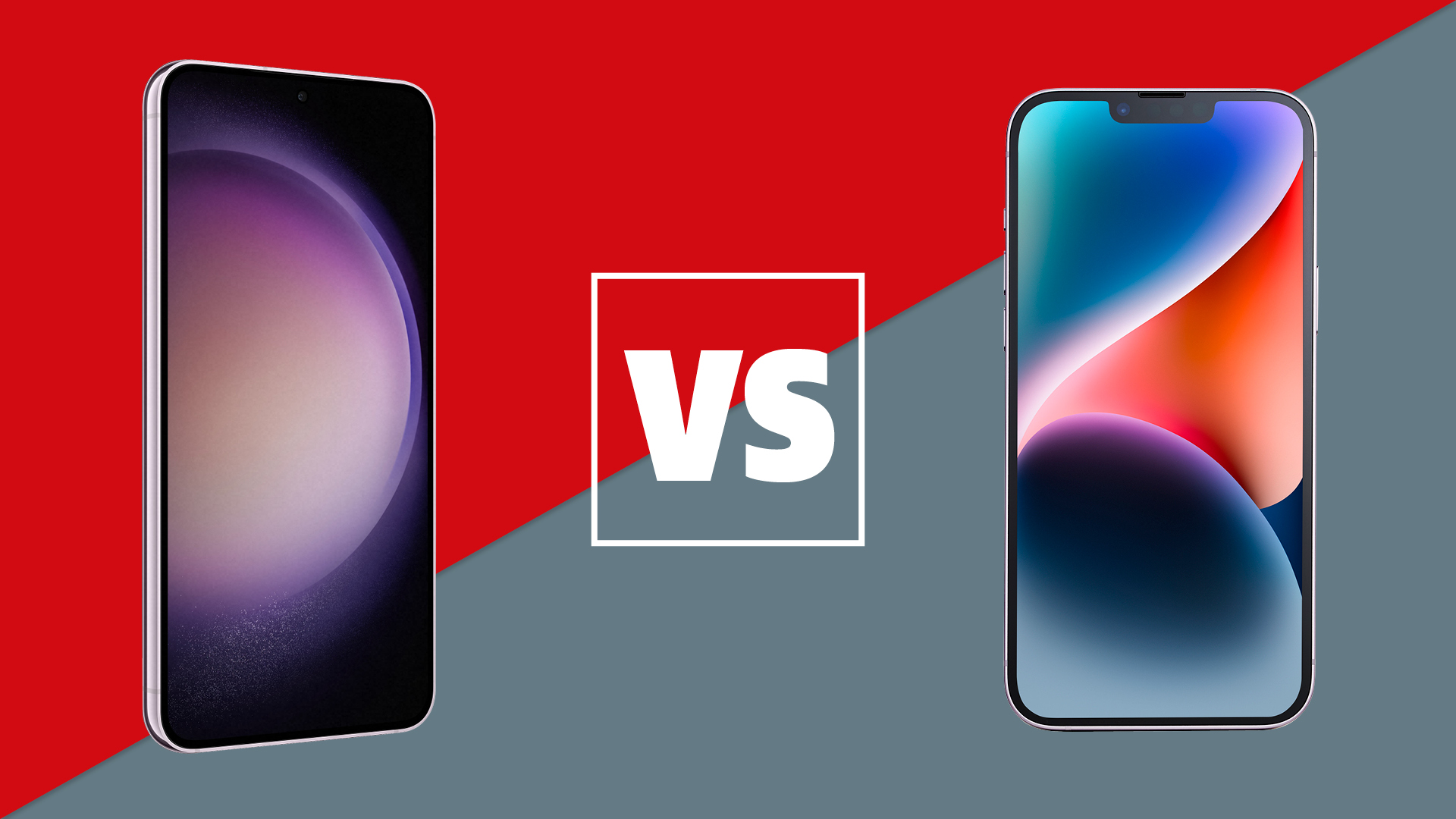
Samsung has unveiled its new Galaxy S23 smartphone. The latest in its flagship Galaxy S range, the S23 boasts a host of improvements over the S22, like a new design, new camera and new processor. Considering the S22 was one of the best-reviewed handsets of last year, the S23 should follow admirably in its footsteps.
But is it better than the iPhone 14? Apple's five-star mobile has been riding high in our list of best smartphones since it launched back in September, so Samsung has its work cut out. We haven't reviewed the S23 yet, but we have gone hands-on and pored at length over its spec list, so let's see which emerges victorious, on paper at least.
Samsung Galaxy S23 vs Apple iPhone 14: price
Samsung and Apple make some of the highest-end, most premium smartphones in the world. While the two models we're comparing aren't quite each range's best of the best (that would be the Samsung Galaxy S23 Ultra and iPhone 14 Pro Max), they are still premium smartphones. So they don't come cheap.
The iPhone 14 starts at £849 / $799 / AU$1399 – it's the cheapest model in the iPhone 14 family, but since the Mini model was axed (it was last seen in the iPhone 13 range), the cost of entry for Apple's latest iPhones has gone up.
The Samsung Galaxy S23 costs an identical £849 (around $1051, AU$1485) – that's for the entry level 128GB model, which is the same amount of storage you get with the cheapest iPhone 14. You can up this by paying £899 (around $1113, AU$1573) for the 256GB model – that's cheaper (in some regions) than the same size iPhone 14, which will cost you £959 / $899 / AU$1579.
Winner: Draw
Samsung Galaxy S23 vs Apple iPhone 14: design
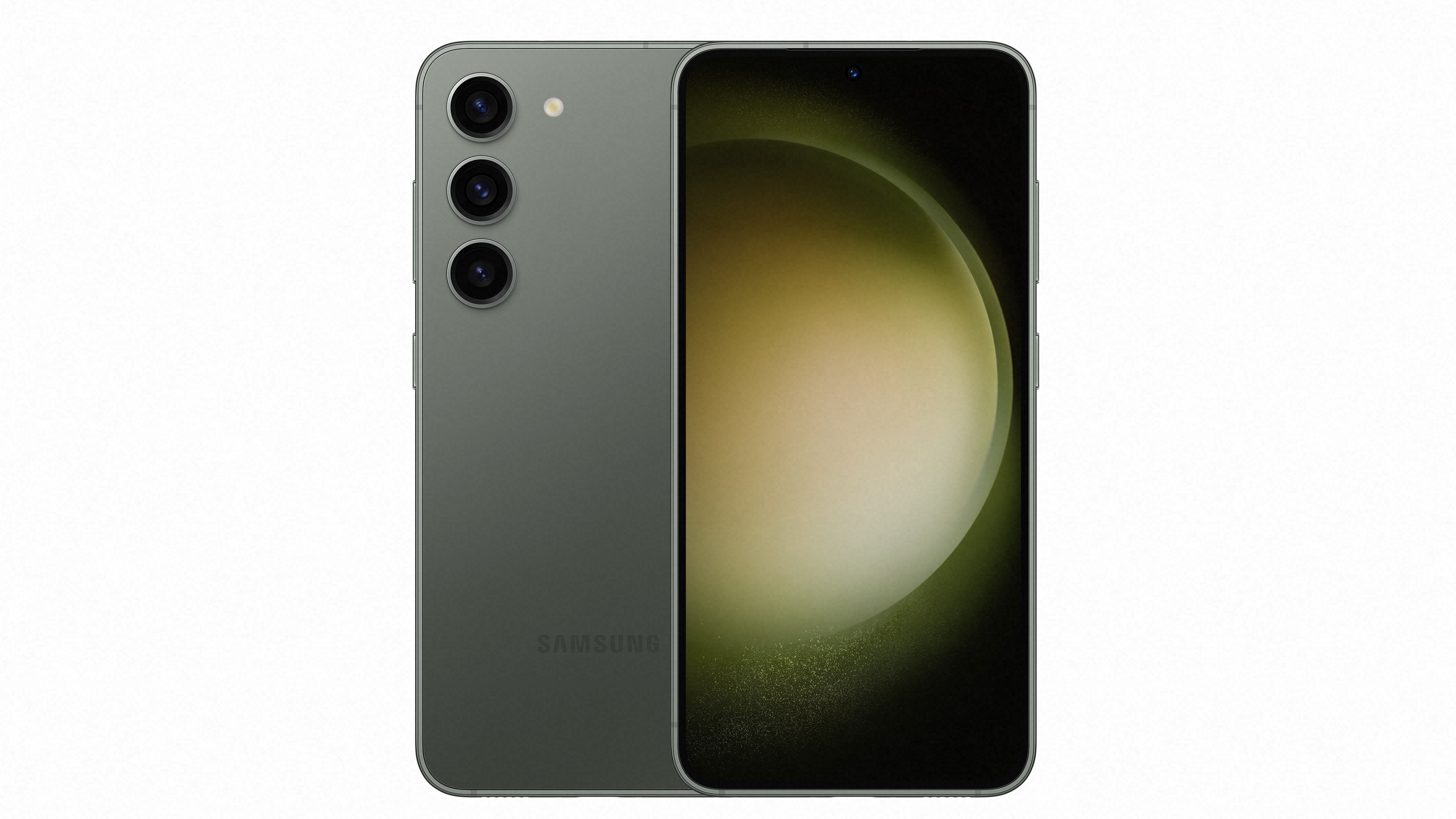
When it comes to premium smartphones, design is a crucial element. Not only does it have to be hardwearing enough to withstand some knocks and be usable in the hand, it also has to look nice. Would you really drop around a grand on something you'd be embarrassed to be seen with?
The latest hi-fi, home cinema and tech news, reviews, buying advice and deals, direct to your inbox.
Thankfully both smartphones excel in this area. The iPhone 14 looks very much like the iPhone 13, but as anyone who's used – or even just seen – that device will tell you, that's no bad thing. The flat aluminium frame sandwiched between two sheets of glass is a winning design – simple, elegant and discreet. And the new Blue and Purple shades – joining Midnight (black/navy), Starlight (silver) and Product Red – give the handset some much-needed variety.
But what's this? The Samsung Galaxy S23 has a new look, though the changes are only slight. The S22 was a pretty slick phone, but now Samsung has got rid of the camera cutout on the back, opting instead for just three round holes for the camera lenses. It makes them look like they're floating on the back, as opposed to being separated off as on the S22. It's a design touch Samsung has previously used on the S22 Ultra, and brings a bit of unity across the board for the S23 family.
The S23 is also the first phone to use Corning Gorilla Glass Victus 2, which should make it more resistant to knocks and falls. Still, we prefer Apple's aesthetic.
Winner: Apple iPhone 14
Samsung Galaxy S23 vs Apple iPhone 14: display
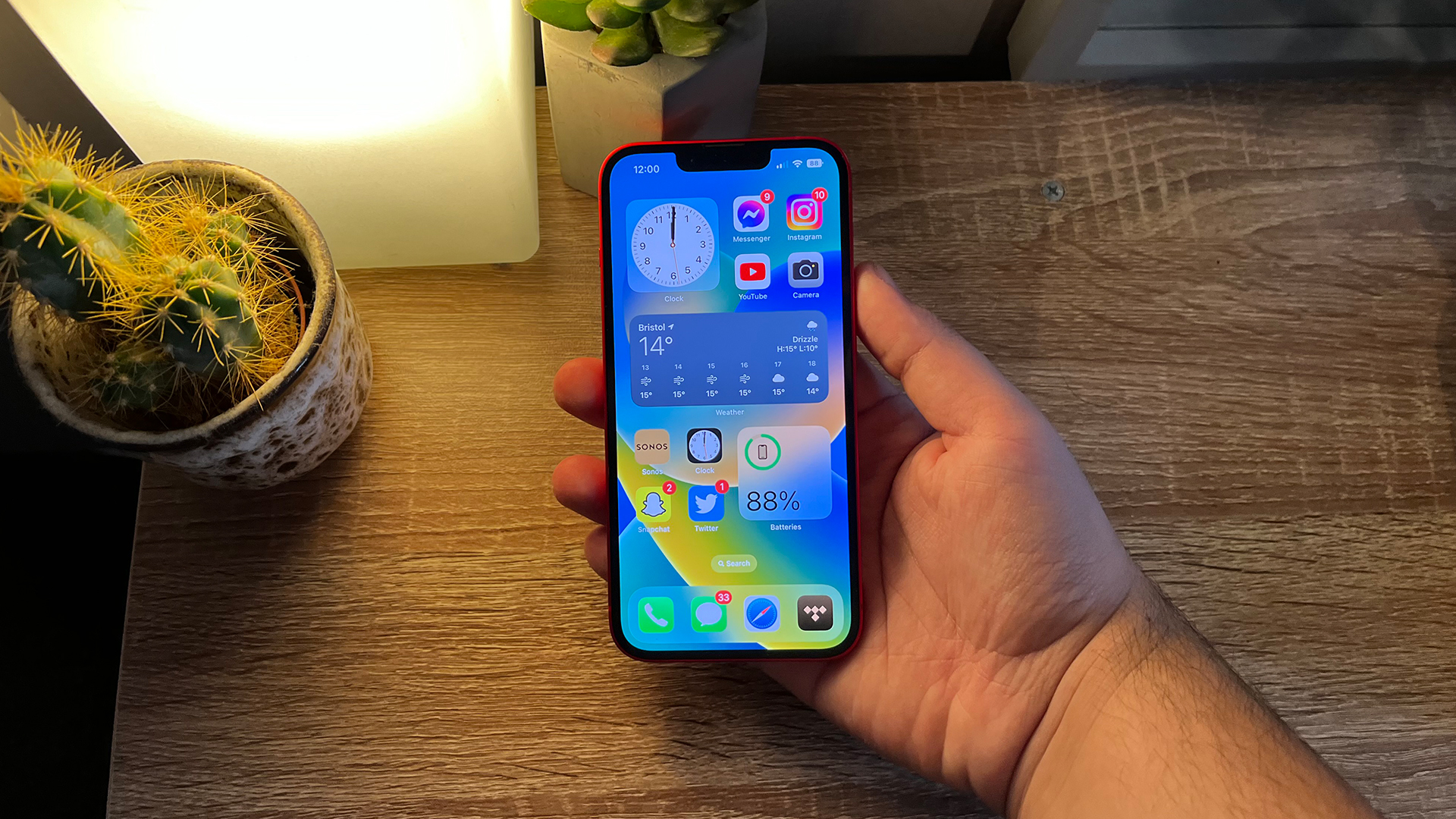
In terms of screen size, both the Samsung Galaxy S23 and iPhone 14 are even-stevens. Both panels are 6.1 inches, which is actually on the small size for modern smartphones. But of course you can go bigger with the Galaxy S23+ or S23 Ultra, or iPhone 14 Max or Pro Max.
However, the Galaxy S23 uses an AMOLED panel, whereas the iPhone 14's is standard OLED. AMOLED screens are brighter and produce more dynamic colours than standard OLED, which should give Samsung the edge in this area. But we won't know for sure until we've put the S23 through its paces.
Winner: Samsung Galaxy S23
Samsung Galaxy S23 vs Apple iPhone 14: power and storage
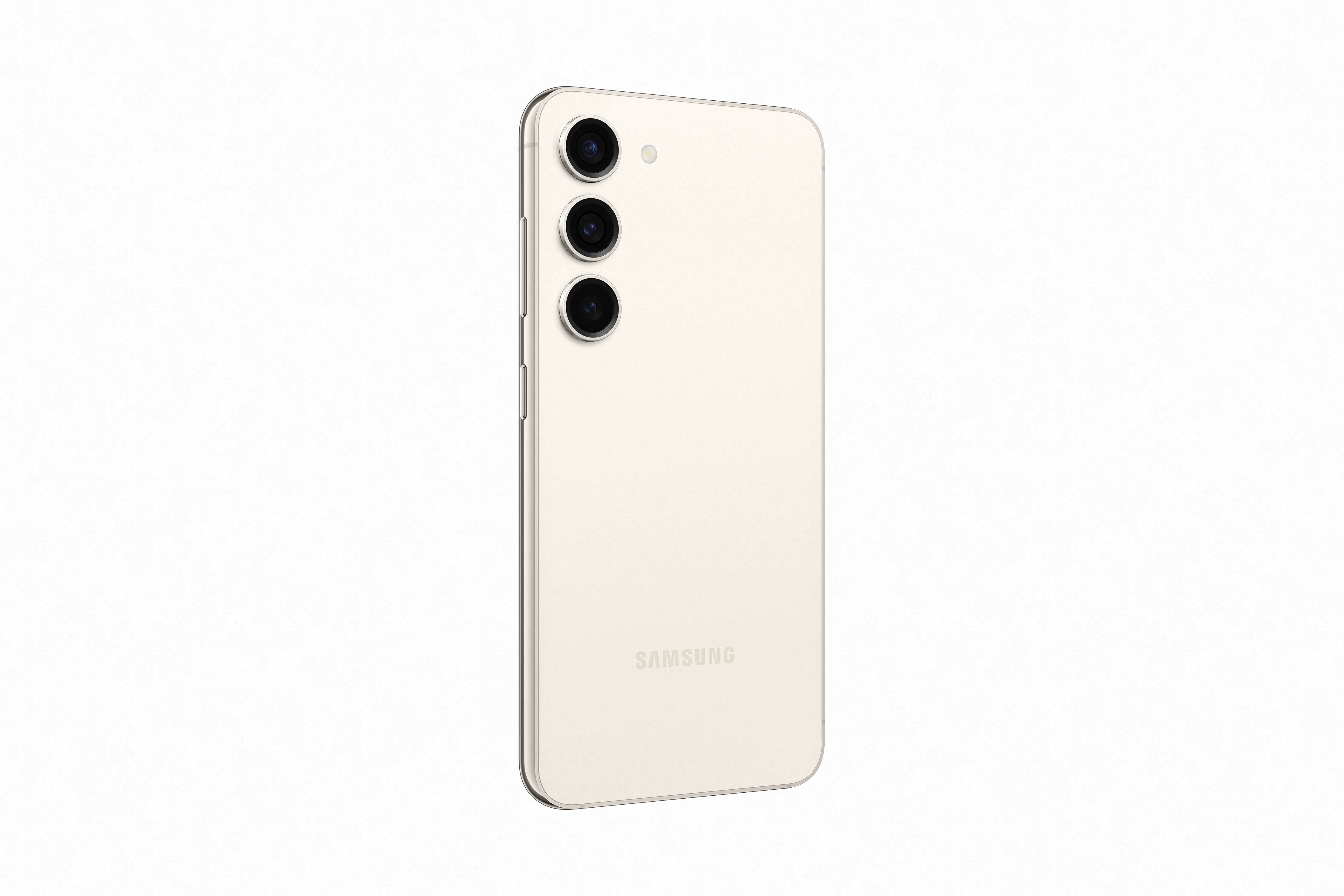
The big news here is that Samsung has decided to use one processor across all international variants of the S23. This is a break from the norm. Usually, Samsung equips models from different areas with different chips – some get a Qualcomm Snapdragon chipset, while others use Samsung's own Exynos processor.
The Exynos has struggled compared to the Qualcomm in terms of efficiency, leading to worse performance and battery life, so news that every international variant of Galaxy S23 will have the Qualcomm Snapdragon 8 Gen 2 will be welcomed by Samsung fans the world over.
Qualcomm claims its new chip is its "fastest, most advanced yet". And Samsung's S23 runs a modified version of it, called Snapdragon 8 Gen 2 Mobile Platform For Galaxy. This is an overclocked version of the standard Snapdragon 8 Gen 2, whose prime CPU core is clocked at 3.36GHz (instead of 3.2GHz) and the Adreno 740 GPU clocked at 719MHz (instead of 680MHz). In theory, this should make the S23 faster than other phones that use the standard version of the chipset. But of course a lot depends on how Samsung has integrated it into the phone.
The iPhone 14 is no slouch. It runs Apple's A15 Bionic chip – while still pretty nippy, this is the same brain found in the previous year's iPhone 13, which is a little disappointing. If you want a step up, you'll need to pay extra for the iPhone 14 Pro, which features the A16 Bionic. The fact that Samsung uses a newer processor, and that it's the same chip across all models in the S23 range (even the flagship S23 Ultra) gives it extra points in this round.
Winner: Samsung Galaxy S23
Samsung Galaxy S23 vs Apple iPhone 14: camera
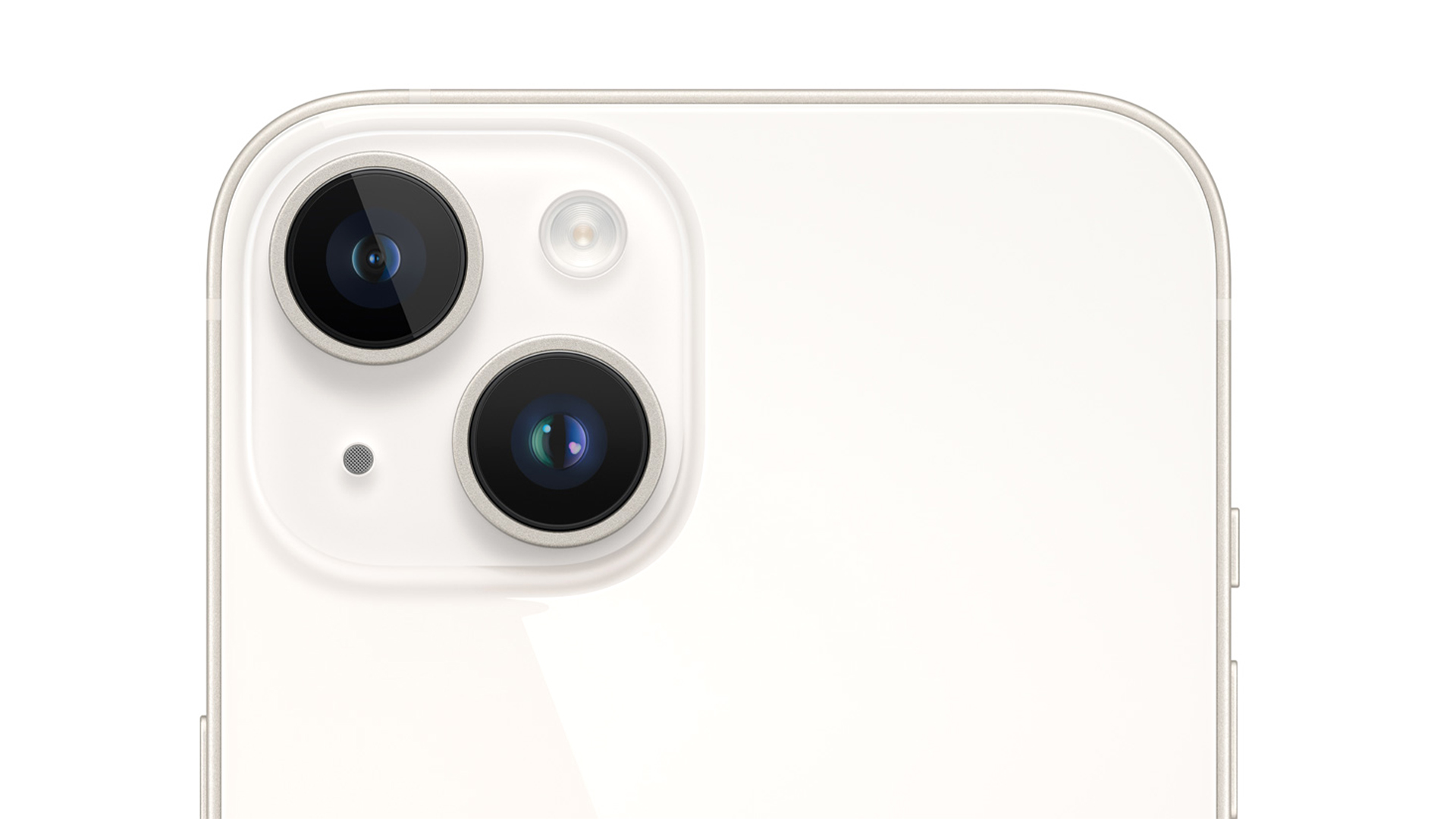
The camera is always one of the highlights of the Galaxy S range, and this year it's no different.
The S23 has a 50-megapixel main camera that should mean incredibly detailed photos. It should also mean they're shot in a high enough resolution to print out at a huge size without any loss of detail.
This is joined by a 12-megapixel ultra-wide lens and a 10-megapixel telephoto shooter. These specs are all the same as the S22, but the front-facing selfie camera has been upgraded from 10 to 12 megapixels, and shoots in Super HDR at 60fps.
Also new is the astrophoto mode, which is made specifically for capturing snaps of the night sky.
The iPhone 14 has one fewer rear lens, and fewer megapixels to play with. Its dual rear shooters both pack 12 megapixels – but there's a lot more to getting good results than mere megapixels. Apple's computational photo system has won many plaudits over the years, and has yielded some truly stunning photos.
In the past, companies have used megapixel count as more of a marketing tool than as a way to definitively improve a phone's photos. So call us cynical, but we'll wait to see the S23's results before believing the megapixel hype.
Winner: Apple iPhone 14
Samsung Galaxy S23 vs Apple iPhone 14: battery
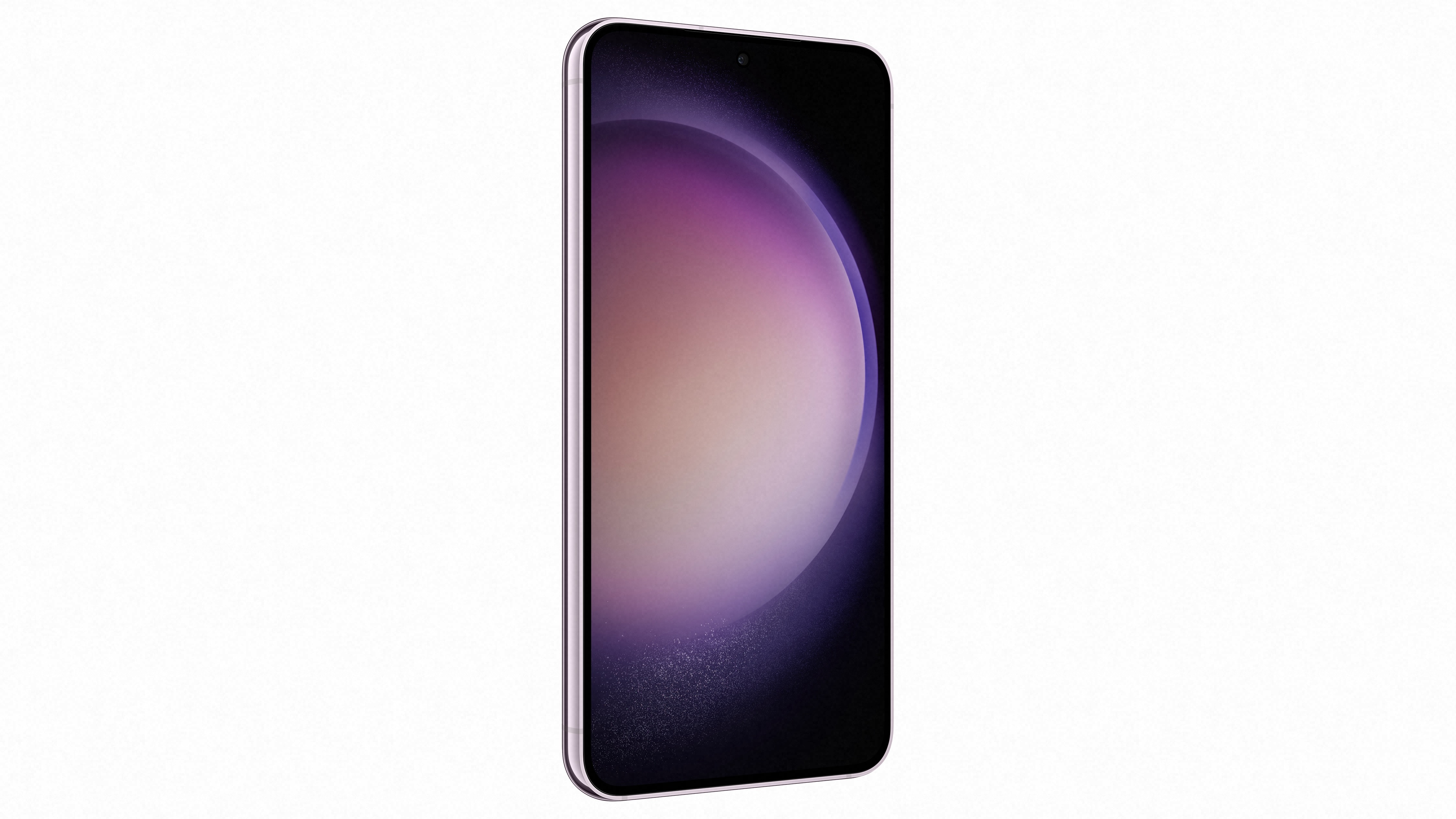
We're old enough to remember when a mobile lasted the best part of a week on a single charge. Alas, the advent of smartphones put paid to that, and now you're lucky if you go more than a day without having to plug in.
The Samsung Galaxy S23 features a 3900mAh battery – that's up on the 3700mAh one found in the S22, which was good for up to 17 hours of internet use over wi-fi and 19 hours of wireless video playback.
Apple doesn't release the battery spec of its phones, but a quick search reveals the iPhone 14 to have a 3279mAh battery. That's quite a bit lower than the S23, but as with megapixels, there's a lot more to battery performance than mere specs.
In this case, however, the higher spec wins out, as the iPhone 14 only delivers up to 16 hours of wireless video playback – three less than the S23.
Winner: Samsung Galaxy S23
Samsung Galaxy S23 vs Apple iPhone 14: sound
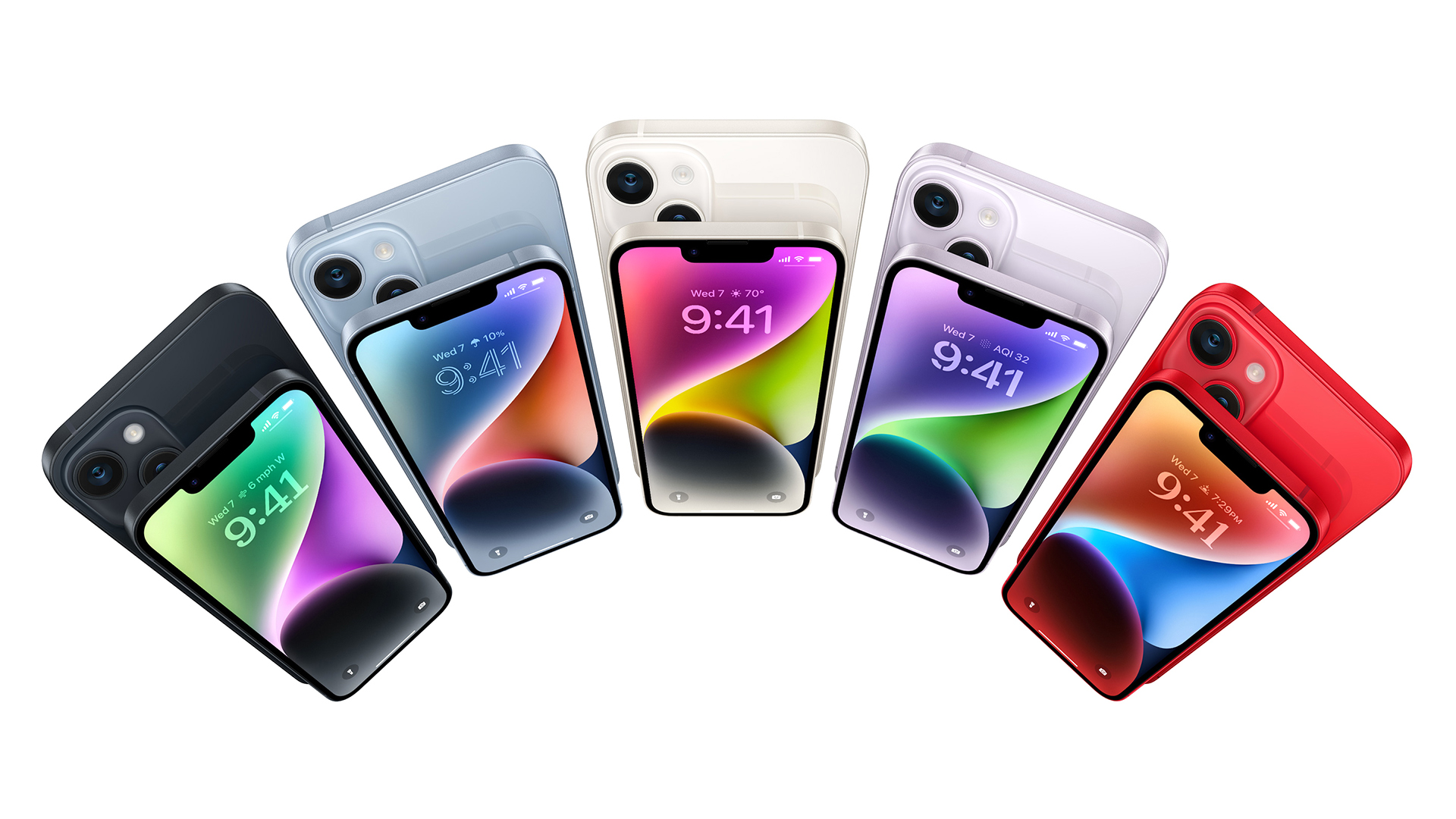
Here at What Hi-Fi?, we're all about the sound. So how a smartphone sounds is just as important to us as how well it displays video.
The Galaxy S23 is a little short of innovation in this area. That's not to say it can't still perform brilliantly, as it packs the same Dolby Atmos stereo loudspeakers as the Galaxy S22. That's a very good thing, as we found the S22 Ultra produced a "meatier and more spacious" soundstage than its rivals. It's rare for extra volume to be matched by more detail within the sound, which just goes to show how impressive it is sonically. Fingers crossed for a similar performance from the S23.
As with many other respects, the iPhone 14 is sonically very similar to the iPhone 13. The sound has Apple's typically neutral tonal balance, with snappy timing and excellent handling of dynamics. Its speakers are pretty great too, creating a more spacious arrangement than many rivals. Bass could be slightly better as it lacks impact at times, but it still outperforms other phones at this level.
Winner: Samsung Galaxy S23
Samsung Galaxy S23 vs Apple iPhone 14: early verdict
So there you have it. Samsung's new phone brings plenty of improvements over its previous, and pulls it level – and in some areas, ahead of – the iPhone 14.
This is all on paper of course, but we're particularly impressed by the sound of the S23's camera, screen, speakers, battery life and unique processor that could make it one of the slickest phones to use.
We'll have to revisit this article and give a definitive verdict once we've put the S23 through its paces in our testing labs. But as things stand, it looks like a very capable challenger to the iPhone 14.
MORE:
Should you splash out on the Pro? iPhone 14 vs iPhone 14 Pro: which is better?
Looking to save some money? iPhone 14 vs iPhone 13
Decisions decisions: iPhone 13 vs iPhone 12: which should you buy?
Joe has been writing about tech for 20 years, first on staff at T3 magazine, then in a freelance capacity for Stuff, The Sunday Times Travel Magazine (now defunct), Men's Health, GQ, The Mirror, Trusted Reviews, TechRadar and many more. His specialities include all things mobile, headphones and speakers that he can't justifying spending money on.

